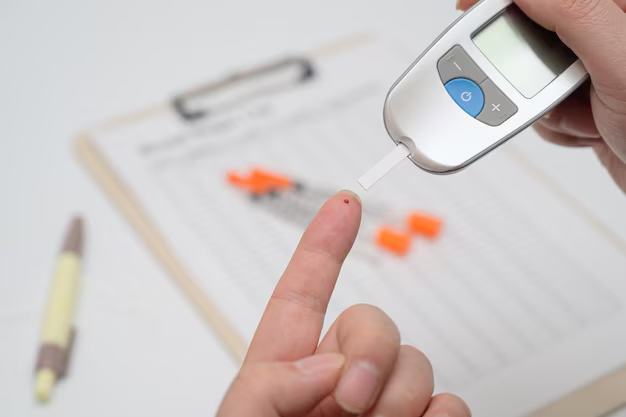How Does Diabetes Increase the Risk of Stroke?
When discussing chronic conditions like diabetes, the ripple effects on other aspects of health often unfold with rather dire consequences. One such consequence is the heightened risk of experiencing a stroke. But why exactly does diabetes make strokes more likely, and what can be done about it?
Understanding the Connection
Diabetes is a condition defined by elevated blood sugar levels due to the body's inability to produce or use insulin effectively. Over time, high blood sugar can damage blood vessels, making them more likely to become blocked or burst. This damage can result in a stroke, which occurs when the blood supply to the brain is cut off, depriving it of oxygen and causing brain cells to die.
People with diabetes are also more susceptible to other risk factors for stroke, such as high blood pressure, high cholesterol, and obesity. These conditions create a perfect storm for cardiovascular complications. Therefore, managing diabetes effectively is critical in reducing the likelihood of stroke.
Preventive Measures to Consider
For those living with diabetes, certain lifestyle changes and medical interventions can help minimize stroke risk:
Keep Blood Sugar Levels in Check: Regular monitoring, proper medication, and a balanced diet play key roles. Consuming more whole foods and fewer processed ones can stabilize blood sugar.
Monitor Blood Pressure and Cholesterol: Maintaining optimal levels of blood pressure and cholesterol is crucial. This often involves lifestyle changes such as increased physical activity, a heart-healthy diet, and medications if needed.
Quit Smoking: If you smoke, quitting can drastically and quickly reduce stroke risk.
Stay Active: Regular exercise helps maintain a healthy weight and improves cardiovascular health, reducing the risk of stroke.
Finding Support and Managing Expenses
Managing diabetes and preventing complications like stroke require ongoing medical care and lifestyle adjustments. However, such management can be costly. Fortunately, multiple financial assistance options are available to ease the burden:
Government Aid Programs: Look into programs like Medicaid or Medicare, which can provide substantial support for medical expenses related to diabetes management.
Financial Assistance from Nonprofits: Organizations often offer financial aid or medication discounts, specifically targeting those with diabetes.
Debt Relief Options: For those experiencing financial stress, debt consolidation or negotiating with creditors can create a more manageable financial landscape.
Educational Grants: For those looking to further educate themselves about diabetes management, various grants and scholarships are available for educational purposes, helping cover costs related to improving one’s health literacy.
Empowering Yourself with Knowledge and Resources
Navigating the complexities of diabetes and stroke prevention calls for proactive steps to ensure both financial and physical well-being. Leveraging available resources goes a long way in maintaining health and financial stability. Here’s a quick guide to some potential aid:
- 📑 Medicaid/Medicare: Comprehensive coverage for medical expenses.
- 💊 Medication Assistance Programs: Discounts and free programs from pharmaceutical companies.
- 📚 Educational Grants: Funding opportunities for health-related education to aid in disease management.
- 💼 Credit Counseling Services: Financial advice and solutions to reduce debt load.
- 🏥 Community Health Centers: Low-cost or free services for those with limited means.
By staying informed and making wise decisions regarding both health and finances, those with diabetes can defy the odds and take charge of their long-term health, significantly reducing their risk of stroke and other complications.
